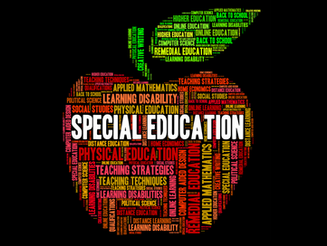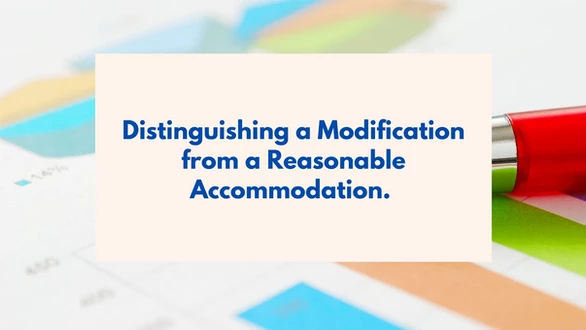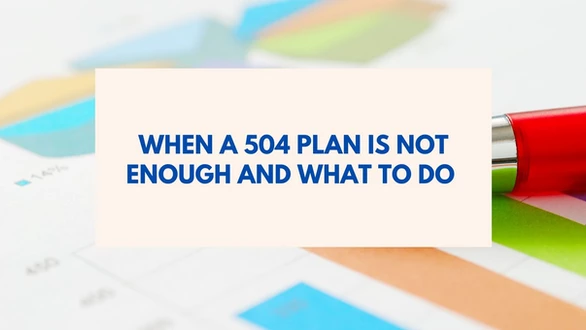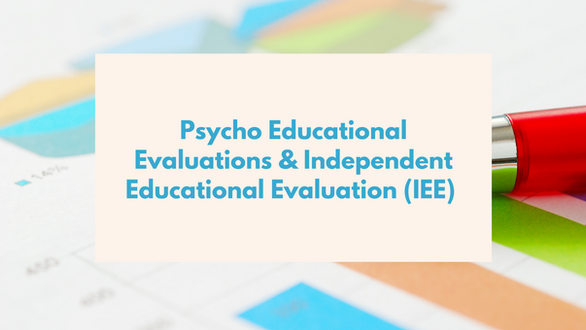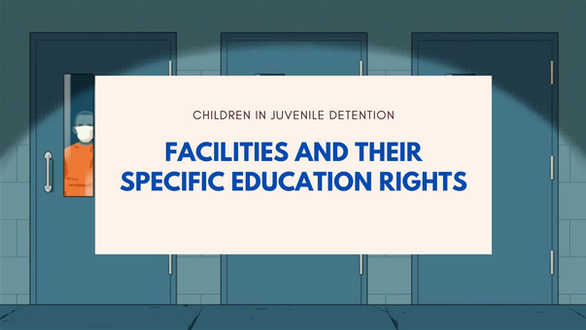The primary objective of providing special education is to give children with disabilities (which would normally prevent them from the benefits of normal educational approaches) who demonstrate exceptional skills specialized instruction and intervention that will be efficient enough to help them benefit from their school education.
While a lot of people seem to think that special education is a somewhat watered-down version of normal education, this is in fact a misconstrued application of the term. Contrary to what people understand, special education, is in fact, often more thorough in terms of teaching when put side by side with regular education.
The reason for this is simple – it takes more effort to educate someone who has special needs because special education teachers don’t just deal with the child’s intellectual incapacity. They also often address the emotional and social dysfunctions the child carries due to the disability that he or she possesses.
This does not necessarily mean that special education students spend all of their time in classes taught by special education teachers. Normally, a child with identified special needs would be in a general education class for a portion of the day, which would give the child the means to interact with regular students. Afterwards, the child would then spend another portion of the day under the care of the special education teacher to receive more intensive education.
While many duties are shared between general education and special education teachers, the roles they play in the education of a child with special needs are significantly different. For one, special education teachers can act as case managers for their students, which give them a wide range of responsibilities. We list such responsibilities and roles below.
The Roles Assigned To Special Education Teachers
Special education teachers can either deliver their lessons in a specific classroom, or they may provide support in a resource room, e.g. in a general education class where there is a student with special needs. Some of the support they provide include curriculum modification, management system planning, and general environment alterations.
Depending on the severity of the special need, some students may need to spend a major portion of their day-to-day school activities in self-contained classrooms. Such students may have disabilities such as autism, intellectual incapacity, deafness or blindness, or even certain physical disabilities that would require focused assistance from the teacher and his/her instructional assistants. These self-contained classrooms typically have six to eight students, depending on the state the school district is in. This will allow the teacher to put more focus into helping the students improve their behavior, attention span, social skills, and most of all, intellect.
The number of children in a special education room will vary from state to state but will generally be small: eight or so. A teacher will to get to know a small number of children very well. Thus the position may be suited for people who prefer depth over breadth in their relationships and daily routines. A larger percentage of special needs students need intensive support managing their behavior and/ or attention (even in cases where the disability is intellectual). On the plus side of management: A smaller class size means fewer bodies moving through space at any moment in time. Maximizing attention can mean maximizing learning.
Special education teachers that come from general education backgrounds may find it a bit difficult at first to handle special education classes. This is due to the reduced pace of teaching that they experience with handling children with special needs. Often, these teachers focus their efforts on teaching functional skills (which normal students learn too), but with extra effort due to the amount of times they have to constantly repeat the lessons for the special needs child to learn. Additionally, special education teaching systems are more systematic in nature, and teachers are required to document every lesson they conduct faithfully.
Case Coordination and Administrative Functions
As mentioned above, special education teachers not only teach students with special needs – they function as support agents for the children too. This is especially true if said students are covered by the Individuals with Disabilities Education Act (IDEA), where Individualized Education Programs (IEPs) are included in the child’s academics. Unlike a general education teacher (who also attends IEP meetings if he/she has students covered by the program), a special education teacher would not only be required to attend every IEP meeting, but they would also play a major part in the development of the IEP to ensure that the child gets the best education possible. Acting as case managers, special education teachers would not only make sure that the IEPs are compliant to the regulations, but they would also take charge in the area of coordinating and scheduling said meetings.
IEPs come with a bunch of paperwork – 20 pages to be exact – and while general education teachers do have a considerable amount of this to handle, special education teachers have more responsibilities because many of the paperwork they manage can’t simpy be delegated to anyone else. They also have much stricter rules when it comes to maintaining records for their students, as they are tasked to ensure that those students with disabilities are getting the education thay the IDEA deems them eligible for.
It is not all hardship for the special education teacher, however, as having fewer students to handle means less report cards to submit and less monitoring to do compared to general education teachers. For example, a special education teacher that works with first graders may need to implement and record individual assessments for as few as 20 students for one entire school year.
One important thing that special education teachers need to consider is their capacity to maintain confidentiality. There are some cases when special education teachers receive more than their fair share of confidential information – and yet they still need to maintain that immense drive to make sure nothing confidential leaks out to the public from them.
Finally, special education teachers never work alone – they are always surrounded by staff members who provide support to the teacher by coordinating with multiple IEP team members, instructional assistants, and other specialists. These are especially true for special education students that have an aptitude for subjects such as art, music, etc…
Special education teachers are required to work closely with instructional assistants to get reports how the students react, and then plot teaching systems that the instructional assistant would then implement for the student.

